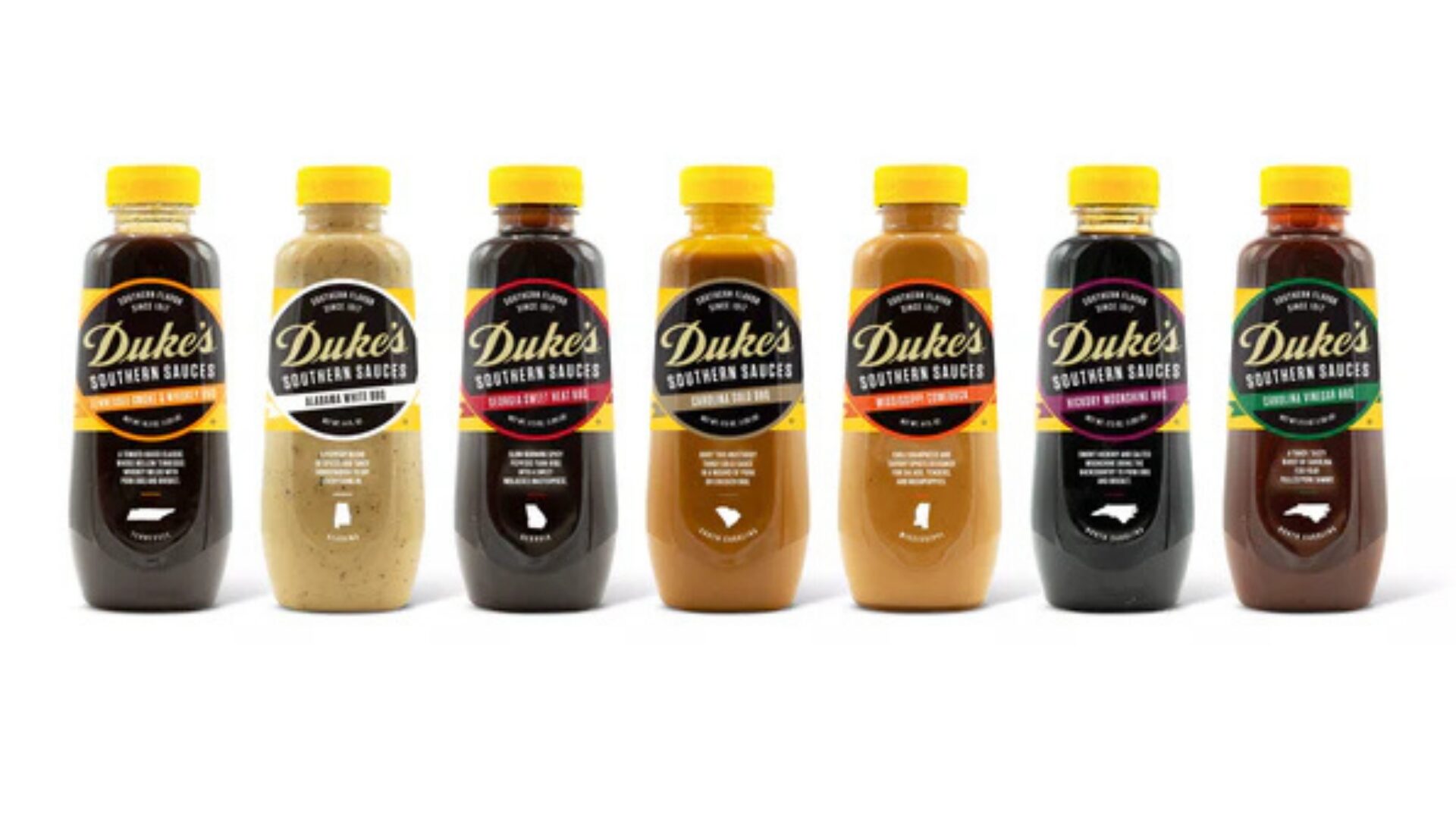2022 was a fantastic year for the larger food manufacturers. As noted last month, shares of five of the biggest manufacturers on average gained 22% (including dividends). The S&P 500 (again, including dividends) declined 18%. Even with weakness so far in 2023, the group is up about 16% since the start of 2022.
There’s one clear reason why. The majors simply have been able to stress pricing; at least so far, customers haven’t been willing to trade down aggressively into private label and/or discount brands. The value proposition of mainstream brands simply is shining through.
For smaller businesses, however, results have been more mixed. Hostess Brands, TreeHouse Foods, and Lancaster Colony have kept pace with larger rivals; each has seen total returns between 16% and 20% over the last fourteen months. Utz Brands is up 4%, while Simply Good Foods is down 10% and Sovos Brands down 12%. Meanwhile, wellness-focused Whole Health Brands and Real Good Food Company have been hammered: their shares have declined 71% and 32%, respectively.
The divergent performances trace to one key metric: gross margin. And in an inflationary environment, gross margin is driven by pricing power. Those companies that can pass along higher costs to their customers attract investors seeking lower-risk investments. But those that have struggled are not getting the benefit of the doubt.
The winners show the importance of pricing power. In full-year 2022, Hostess saw a 16 percentage points’ boost from price and mix (mostly price). TreeHouse took 18 points of pricing last year—no small feat for a private-label manufacturer. In the calendar fourth quarter, Lancaster Colony increased prices more than nine percent. Utz has seen a price/mix boost of 12.5% through the first three quarters of 2022 (fourth quarter results come out this week), including 14.7% in Q4.
Despite higher costs, all four companies have shown solid increases in gross profit dollars (if not necessarily gross margin percentage), which has been enough to move their stocks higher.
Sovos and Simply Good, meanwhile, are experiencing a more negative impact. Simply Good’s gross margin fell 2.6 percentage points in fiscal 2022 (ending August); it expects another, if smaller, compression in fiscal 2023. Sovos too has seen a 2.6-point fall through the first three quarters of calendar 2022. But both companies still expect overall profits to increase in their respective current fiscal years.
But for Whole Earth and Real Good Foods, the problems are much more severe. Whole Earth expects underlying profit to decline this year despite slashing some $40 million in operating expenses. Add in a debt-laden balance sheet and it’s little surprise Whole Earth stock has plunged. Real Good Food posted adjusted gross margins in Q3 of just 15.8% of sales, though it expects substantially better performance in 2023. Even on the most generous basis, overall Real Good Food is losing money—and that’s simply not the kind of business most investors want to own.
To some extent, the varying pricing power these companies hold derives from the strength in their brands. More established brands, and more established companies, are showing stronger profit margins.
But it’s hard not to notice something else: that, regardless of size or history, the companies that have been able to stress price most effectively are generally the companies that had the lowest prices to begin with. Despite inflation, consumers haven’t dramatically changed their behavior, but they continue to favor the value side of the industry.
Vince Martin is an analyst and author whose work has appeared on multiple financial industry websites. He’s the lead writer at Overlooked Alpha, which offers market-wide and single-stock analysis every week.












